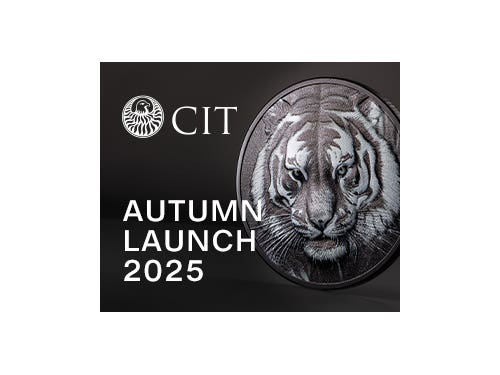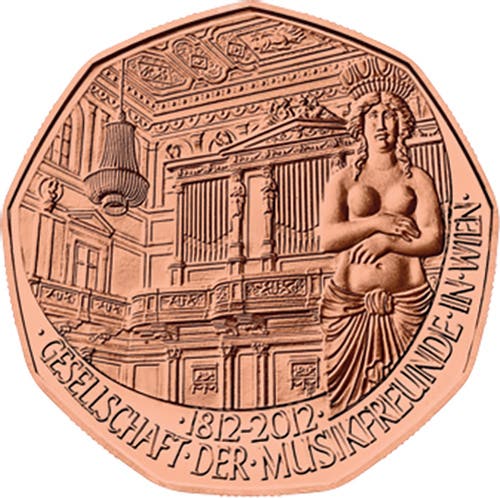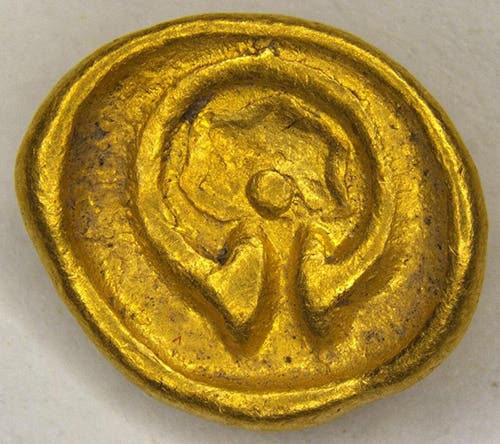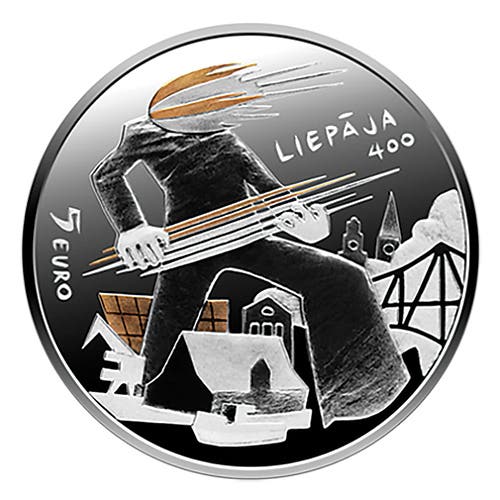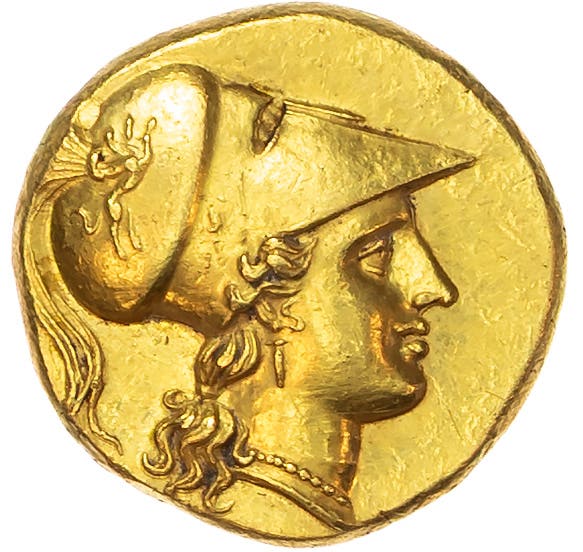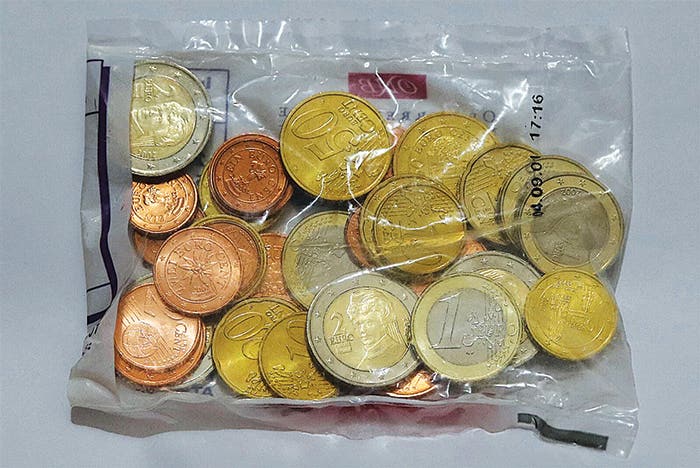King James II stars at Heritage New York auction
By Kerry Rodgers The many and varied issues of the House of Stuart have long provided a challenge to collectors of the coins of the British Isles. High-grade examples of…
By Kerry Rodgers
The many and varied issues of the House of Stuart have long provided a challenge to collectors of the coins of the British Isles. High-grade examples of the higher denominations of the short-lived reign of James II (of England) can be difficult. The difficulty becomes doubled when it comes to coins of the same monarch in his role as James VII of Scotland.
It was then little surprise when a restrike of a James VII Scottish 60 shillings dated 1688 realized $76,375 in Heritage’s NYINC January sale. The fact that it was struck in gold rather than silver and that it carried an MS-62 Numismatic Guaranty Corporation grade no doubt helped boost the price. Yet that is by no means the whole story. The coin comes with a remarkable history.
During the reign of James’ brother, Charles II the Edinburgh mint experienced many problems. Corruption was rife, political infighting the norm, and weight standards had long gone out the window. The upshot saw Charles appoint a commission to examine the mint’s affairs. This led to it being closed in 1682.
This was still the case in 1685 when James VII came to the Scottish throne but operations started up again thereafter. The Trial of The Pyx was introduced to monitor the quality of the new strikings. Even so only silver 40- and 10-shilling coins were produced in Scotland during James’ reign.
Dies for a higher 60-shilling denomination had been engraved by John Roettier but no contemporary coins were issued, if indeed any were struck. The date the dies bear is that of the 1688 Glorious Revolution: the year James was driven from the thrones of both England and Scotland following his open espousal of Catholicism.
In 1827/8 two aged ladies died in France – the last survivors of the Roettier family. Among their effects were found the dies for the 60-shilling coin. These were purchased by a Mr. Cox who brought them to England. He sold them to a Mr. Young.
Young used them to strike sixty 60- shillings Scottish coins in silver and three in gold. He then defaced the dies and deposited them at the British Museum. It was one of those gold restrikes that was offered in the Heritage sale. It came with an impressive provenance that included its being sold by Sotheby’s in 1957 for £1,100. This was 22 times the price achieved by a Cromwell broad in the same auction.
Overall, the auction realized $8.9 million.
Visit www.HA.com for more information.
This article was originally printed in Numismatic News.
>> Subscribe today or get your >> Digital Subscription
More Collecting Resources
• Come on down to the Chicago International Coin Fair in Rosemont, Ill. on April 14 to 17, 2016 to see impressive world coins, meet new collectors and participate in Heritage Auction’s fantastic coin auction.
• Hunter? Naturalist? Purchase the 2014 World of Hunting – Red Deer silver coin to add a majestic coin to your collection.




